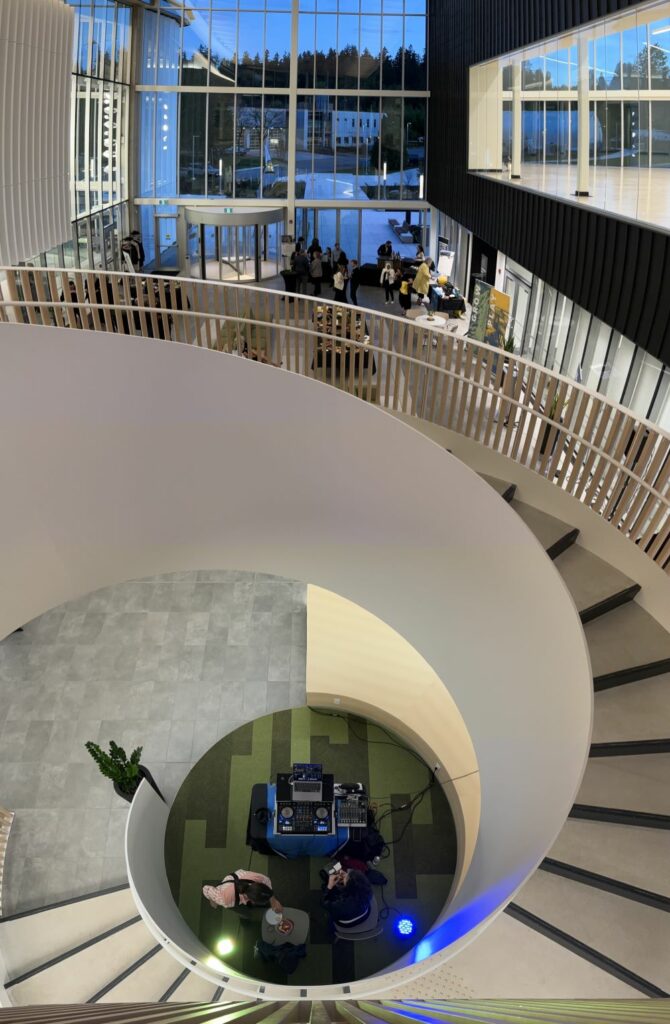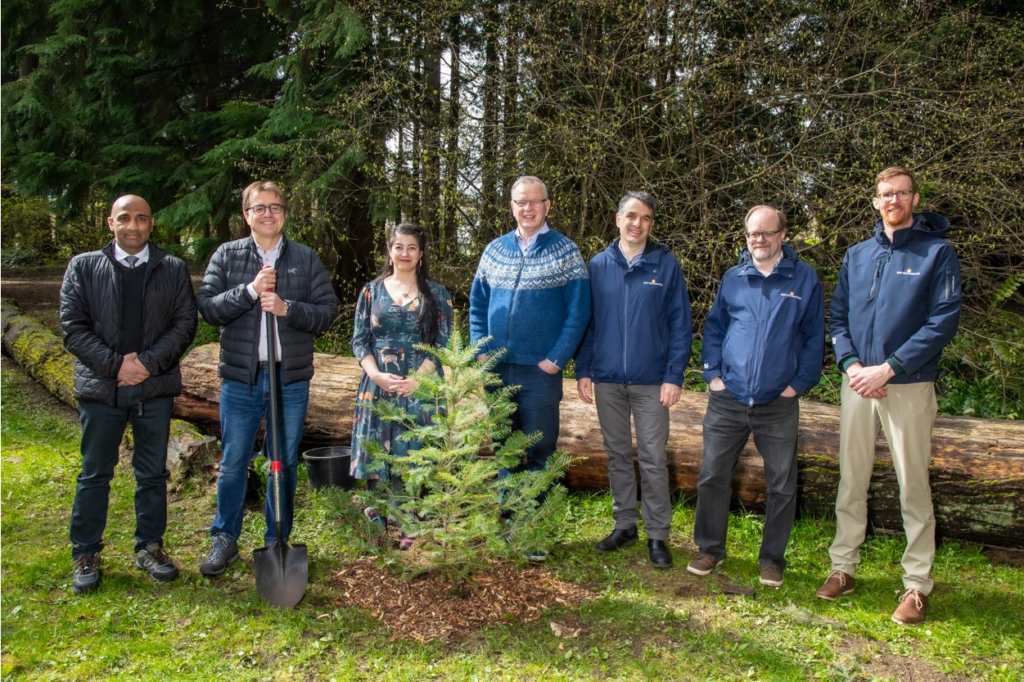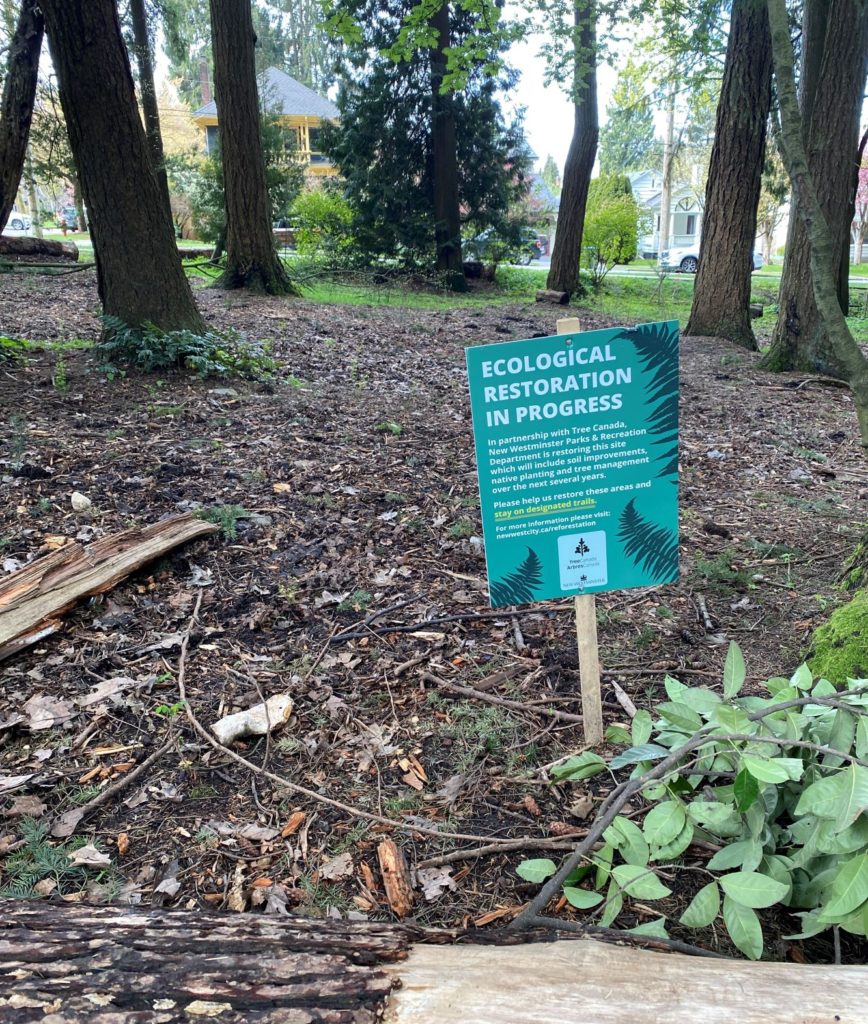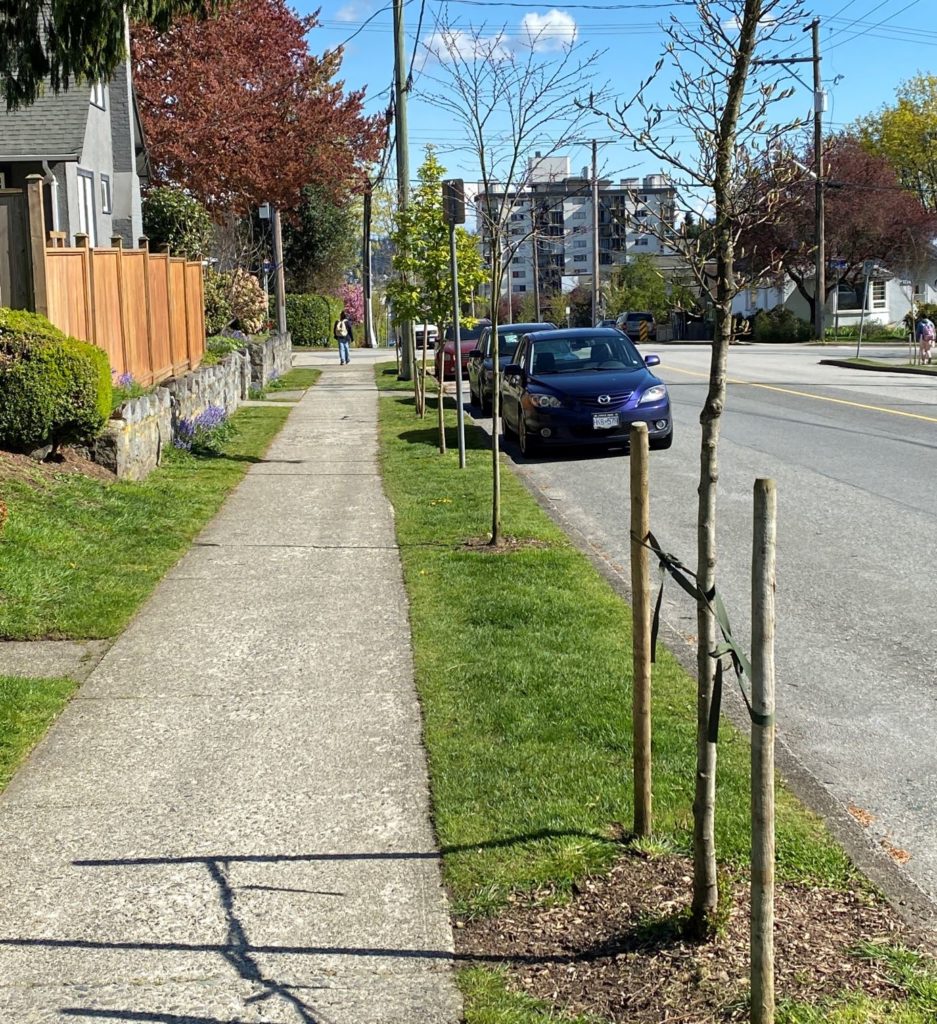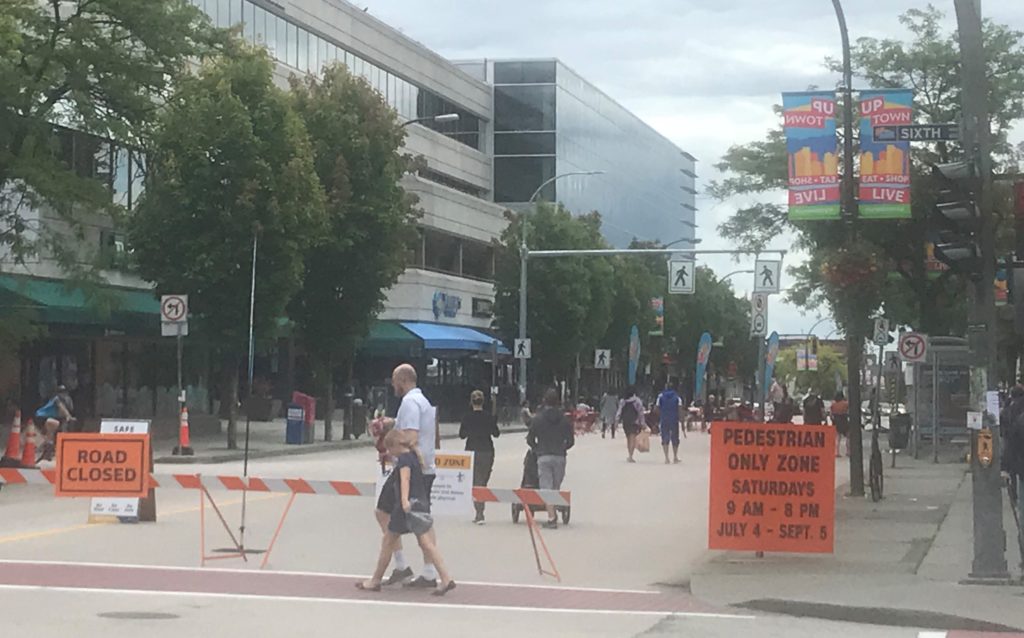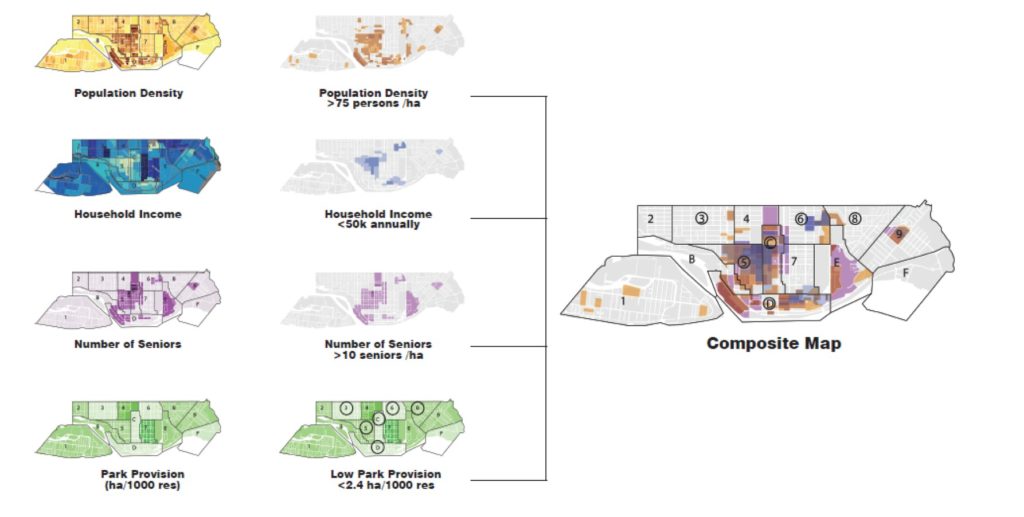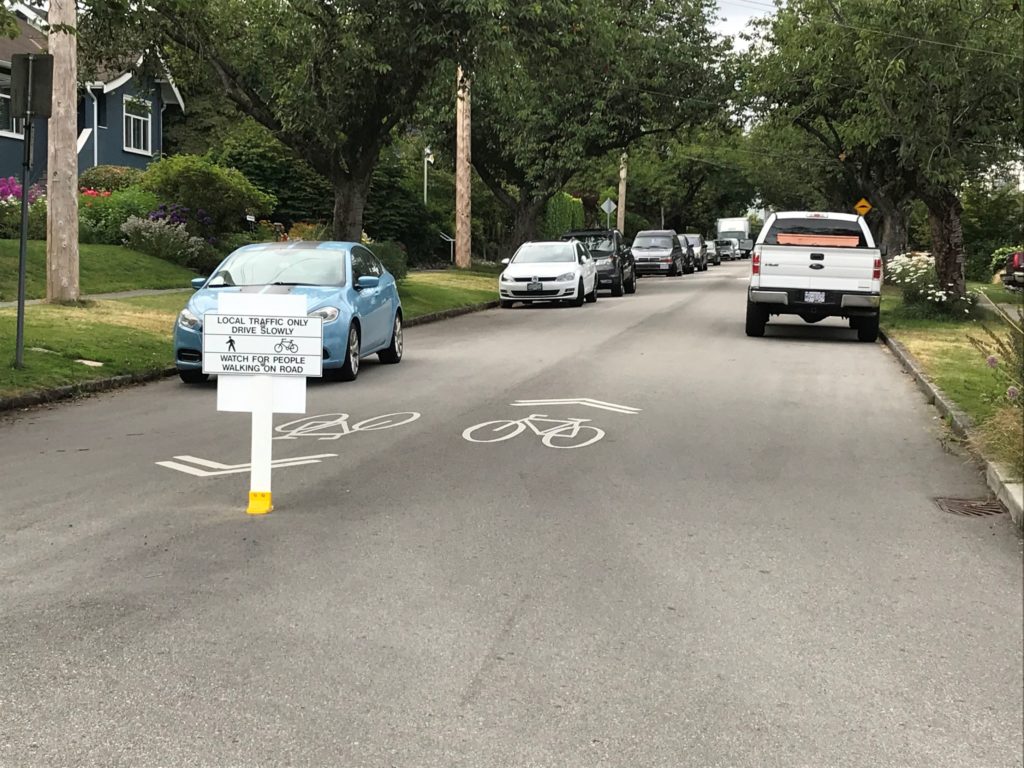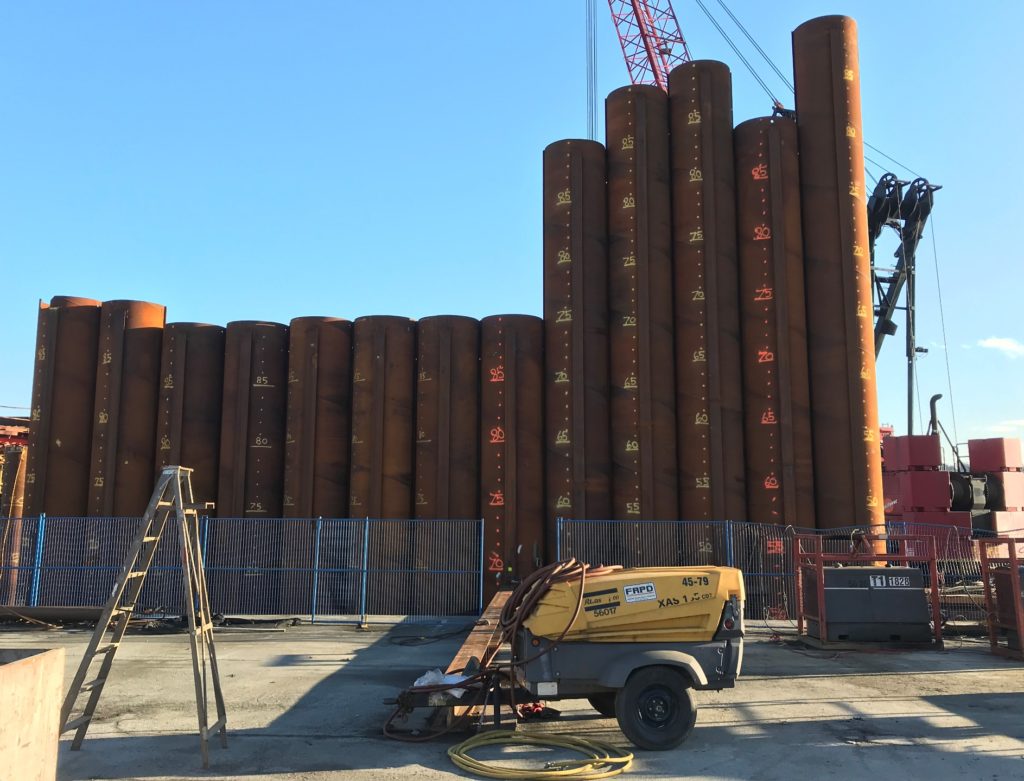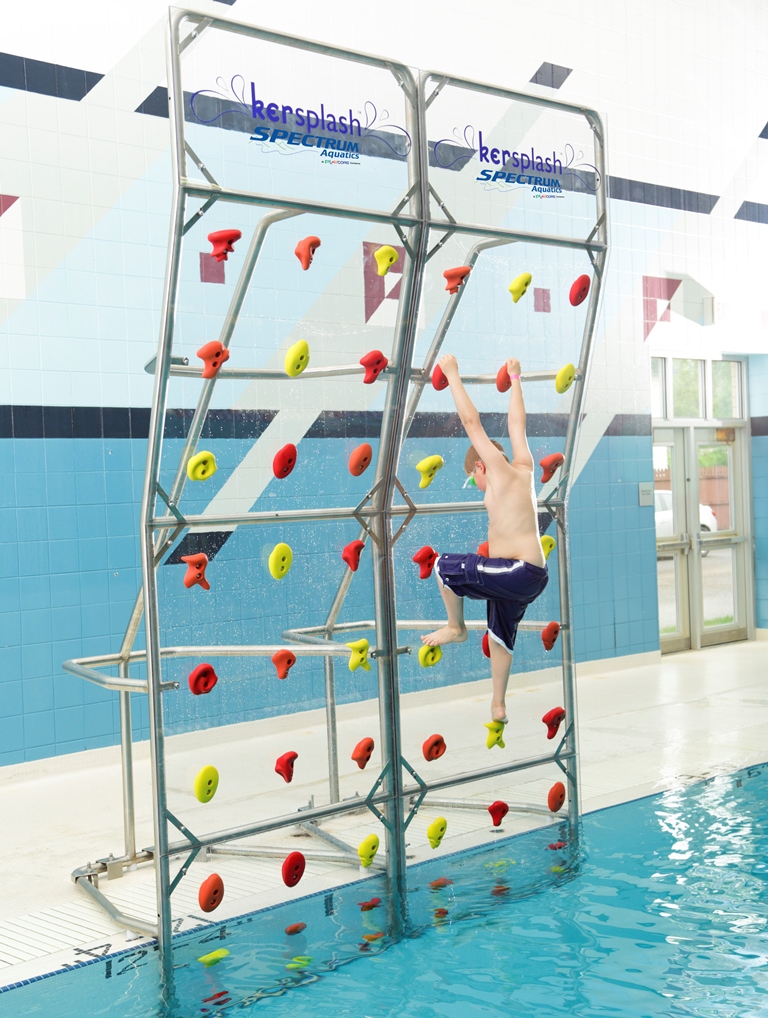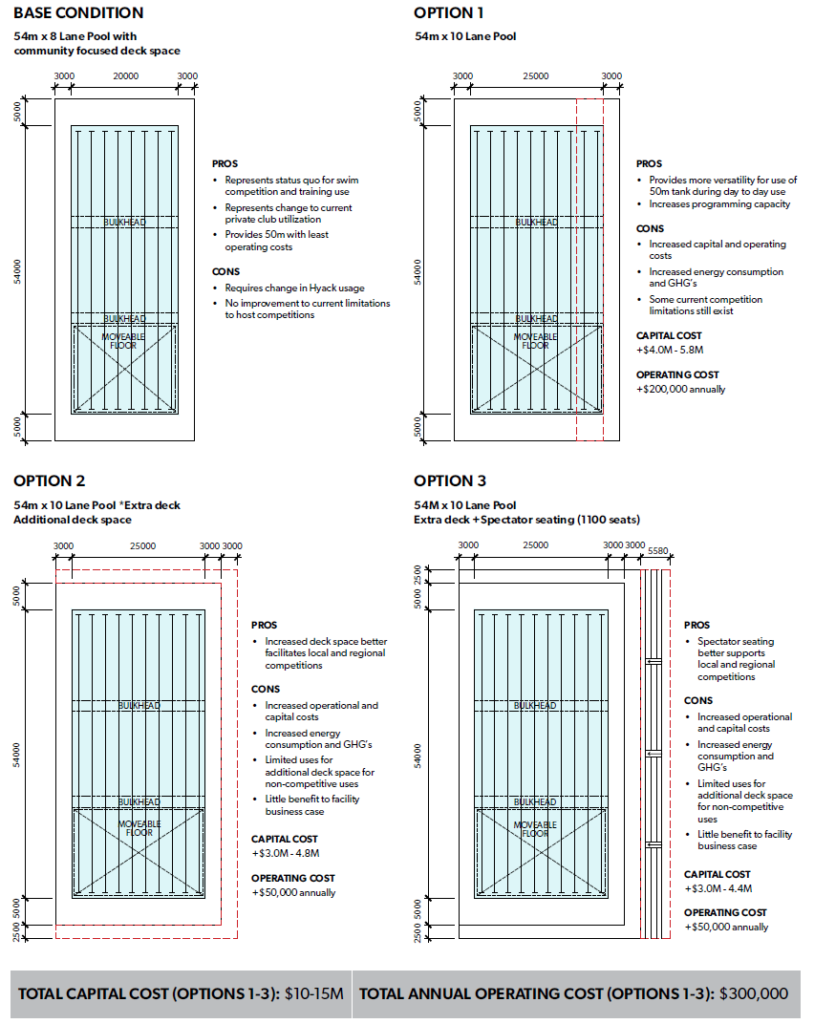I had a motion on the Council Agenda on Monday, which I said I would write about later. First the motion in full, then the rant:
Whereas the City of New Westminster established a Bold Step target to re-allocate 10% of automobile-only space toward sustainable transportation and/or public gathering use by 2030; and
Whereas the COVID-19 pandemic has resulted in significant shifts in the use of public space, and “physical distancing” directives exposed the critical need for greater and more accessible pedestrian, active transportation, and public gathering space in the City; and
Whereas the recovery phase of the City’s pandemic response will put tremendous pressure on the City to address these inequities in public space, to assure that the freedom to move about and be active in public spaces not lost, and that our commercial districts are supported in finding creative ways to activate sidewalk and road space to excite customer support; and
Whereas urban areas around the world are currently demonstrating a commitment to reclaiming roads by rapidly converting automobile-only space to more equitable uses that better support neighborhood livability, commercial district viability, community resiliency, and public safety during the crisis and into post-Pandemic times;
Therefore be it resolved that:
The City of New Westminster move quickly in 2020 to expand road re-allocation toward pedestrian, cyclist, and public gathering space, using temporary measures where necessary with a mind towards more permanent solutions that can be applied after the period of crisis has passed;
And be it further resolved that:
The Transportation Task Force make rapid reallocation of road space a priority work item, are empowered to immediately apply temporary measures in 2020, and accelerate the timeline towards the 10% space reallocation goal set out in Bold Step 7 of the City’s Climate Action Plan.
In a rapidly growing city, the need for our streets to be public spaces where people can walk, shop, even recreate – as opposed to merely roads for the purpose of automobile throughput – has never been more clear. Intrinsically, we knew this all along. Every time we have opened up space for people to use at a human scale, people show up and take advantage of that space. When that space is lost again, we feel the loss. Yes, I’m talking street festivals and parades, but I’m also talking about the temporary closure of the east part of Front Street that brought people to use that space creatively for a summer, and the small calmed or reclaimed areas like the Front Street Mews and Belmont, or the pedestrian space reclaimed on McInnes.
Along comes a pandemic, and all of the sudden commuter traffic has reduced, and people are using space differently. People have shifted to walking more, there are noticeably more youth and families out on bikes, and the way we shop and assemble and queue use transit has changed. With people spending more time working at home or (alas) unemployed, there are more people outside using public spaces. Gathered in parks in small virtual pods of a few people, spread across the space. People want to be outside, but people are wary of being too close or crowded in public space. The only solution to this math is: more public space.
The City has reacted in some rapid ways to support these changes in the transportation realm. The report we received in the May 11 Council package outlines much of this: fixing the pinch point on the Central Valley Greenway at the north end of East Columbia, asking people to use the Quayside esplanade differently, making more space for safer use of the McInnes Overpass. And the obvious happened: every time we have opened up space for people to use at a human scale, people show up and take advantage of that space.
At the motion says, New Westminster has already set a goal to re-allocate 10% of road space by 2030 as one of our Bold Steps towards Climate Action. In light of current events and the radical change in the use of public space we are already seeing, the 2030 timeline no longer feels bold. In a city with as much road and as much pressing need for public space right now, we need to act faster.
And we are no alone in this, Cities from Vancouver to Montreal to London to Seattle have shifted the use of street space to make pedestrians, cyclists, and other street users more comfortable and safer.
New Westminster has a lot of road space, an excess of road space in many ways. We can demonstrate regional and national leadership not by changing our plans, but by simply re-setting the timeline for this work – the immediate shift of road space by temporary measures – paint, no post barriers, planters, delineators, and bollards. We can aggressively do this in the summer of 2020, with a mind to making these re-allocations permanent as capital budget and recovery allow.
My motion calls on us to do the things outlined in the Staff report, and more, and much more rapidly. Additionally, as much as I appreciate the great work transportation staff have done so far, I want us to also think about how we take this work out of the transportation realm, and expand it to thinking more holistically about how we can re-allocate space to support our business districts, support the arts community, support people finding new ways to connect socially while distancing physically, how the re-use of public space will be a keystone to the recovery from this crisis.
The summer of 2020 is going to be different. And coming out of the Pandemic, there will be transformations in how we live in our City. If we are bold and brave now, we can shape those transformations towards the more people-focused, more equitable, and more sustainable community we envisioned in our long-term planning. Like so many other needs in the community, the COVID-19 crisis did not create this need, but it did demonstrate the urgency of the need, and provides the opportunity for accelerated action to address the need that was always there.
I want this motion to be the start of a conversation – but getting mired in debate about priotization and compromises is the biggest risk to us actually getting change during this critical time. I will be talking out a lot in the weeks ahead about this, and I want to hear form the community about the visionary changes you want to see in your community, in your neighbourhood, on your street.
I want to see rapid deployment of greenway treatments to finally address some of the gaps. I want to see expansion of sidewalks into car storage spaces so that people have comfortable space to walk in our commercial areas, and so our commercial businesses can be supported as they re-open by taking patios or merchandizing areas out on to the sidewalk. I want to see small chunks of our local streets closed to traffic and converted to active use for neighbourhoods that are going to be itching for social connection during a summer with no festivals. I want every student to have a safe route to walk or roll to school. I want us to stop laying pavement expanses on parts of roads that don’t facilitate safe speeds or safe crossing. And I’ll be going on at length about these things…
I wrapped my little speech at Council by quoting Gordon Price – the former Director of the City Program at SFU and City Councillor for the City of Vancouver:
Reallocation as a health response, a climate-emergency response, a neighbourhood planning response, and an active-transportation response – all of the above at a time when the difficult-to-do has become the necessary-to-do.
Because it is time, because it will make us a better City, let’s do this.
